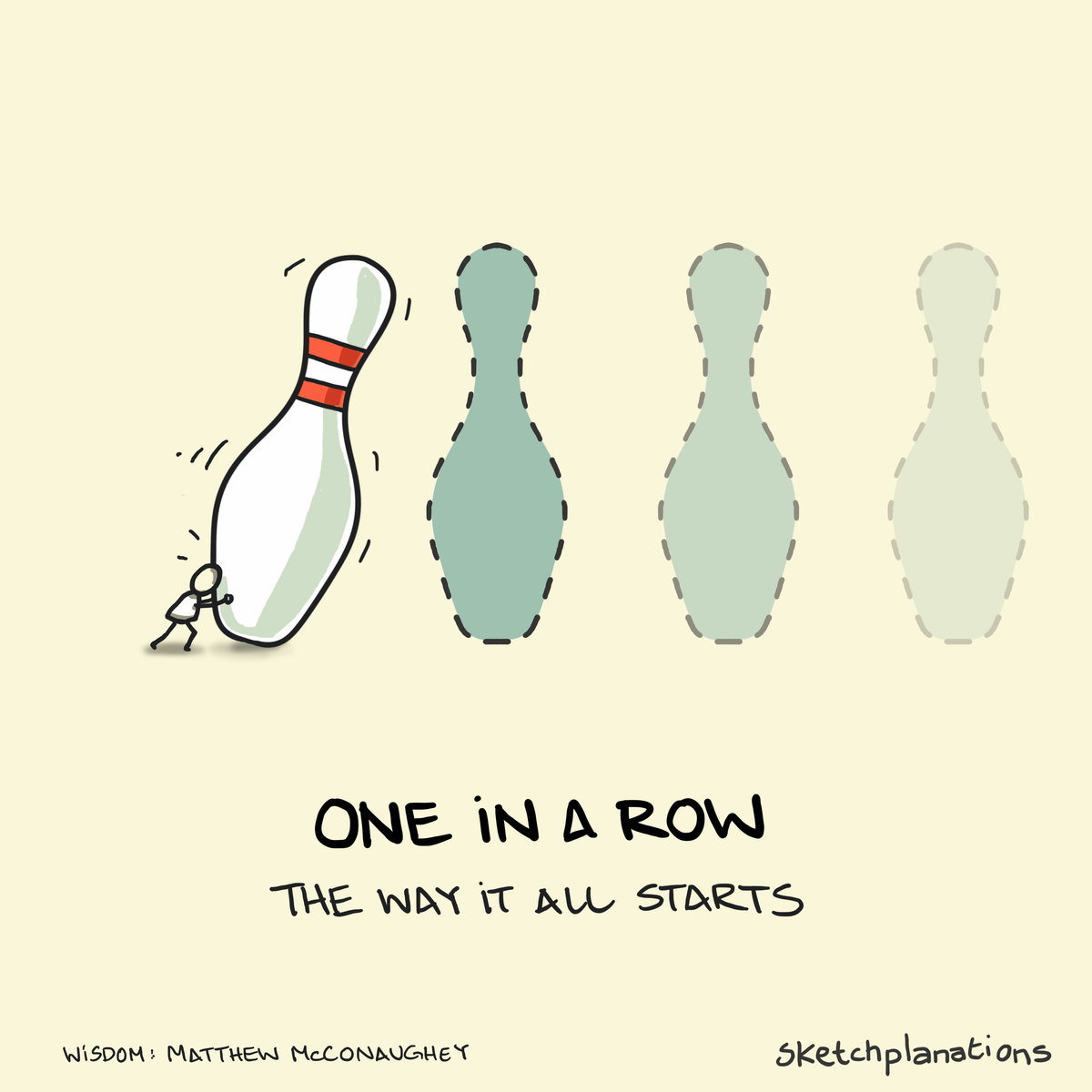One Great Thing Beats Five Mediocre Things

The most successful products in history didn't win by doing everything - they won by doing one thing exceptionally well.
Feature bloat happens when insecure product teams compensate for weak core value by adding more features. This creates the illusion of progress while actually overwhelming users and diluting the product's impact.
The evidence is overwhelming across breakthrough products:
Apple's laser focus: The iPod succeeded because it solved one problem perfectly - navigating large music libraries on a mobile device. When other MP3 players existed, the iPod's revolutionary interface made the difference. The iPhone combined text, email, phone, and iPod capabilities with multi-touch functionality - but its core innovation was making smartphone interaction intuitive through a single interface paradigm.
WhatsApp's simplicity: WhatsApp's strategy was clear: "No Ads, No Games, No Gimmicks" - just messaging. When developing a product, stick to one core functionality and ensure every feature complements that core. WhatsApp became a dangerous competitor to Facebook Messenger precisely because of its simplicity, forcing Facebook to eventually acquire it.
Uber's single solution: Uber solved one fundamental problem - the unpredictability and hassle of getting rides. Their app focused on the core experience: minimal information per screen, map-based tracking, and reliable pickup times. Uber saved users significant time by eliminating waiting, hailing, and parking - one clear value proposition executed flawlessly.
Research shows 8 out of 10 people delete apps because they can't figure out how to use them. The harder onboarding becomes, the worse conversion rates get. Teams often forget product vision during development, focusing inward on features rather than customer impact.
The psychology behind feature bloat is predictable: Adding features feels like progress and gives teams something concrete to point to. Product teams get rewarded for shipping features, not for restraint. But customers don't want more - they want better.
Apple doesn't compete on having the most features. They focus on the entire product experience, routinely earning higher prices through top-of-the-line execution of core functionality.
Listen to Your Designers About User Value
The final lesson is perhaps the most important: your designers understand user value in ways that stakeholders often miss.
Designers are trained to empathize with end users and act as curators of good software and experiences. Their job is not to ignore stakeholder perspectives, but to filter out the most essential functionality to create seamless experiences. When stakeholders request additional features, designers should ask: What problems will it solve? Why do users need it? What drives users to action?
When possible, let research be the foundation for design decisions that go against stakeholder requests. Use quotes from actual users and patterns identified from interviews as evidence. Present UX solutions as answers to business challenges, showing how simplifying workflows can save significant money each month rather than adding complexity.
The tension is predictable: UX designers focus on improving usability and aesthetics, while product managers and business executives focus on features that drive conversion and retention. Without collaboration, designs might look impressive but lack desired business impact.
But here's the crucial insight: Users are not won over by features, they're won over by the overall product experience. Features are the solution to problems, but the editing matters more than the quantity.
Smart companies trust their designers to say no. Software needs an editor like a writer needs an editor—someone with a critical eye and the ability to say "No, that doesn't belong" or "There's a better way."
When your designer pushes back on a feature request, they're not being difficult, they're protecting your product's core value from the slow death of mediocrity. Listen to them.
The lesson is clear: identify your one core value proposition, execute it brilliantly, and resist the temptation to dilute it with mediocre additions. Users will choose a product that does one thing exceptionally well over one that does five things adequately.
Comments ()